Workshop of Steven van der Meulen (?Antwerp -circa 1564 London) Portrait of Queen Elizabeth I, three-quarter-length, wearing a black dress embroidered with gold, an ermine-trimmed surcoat, a white ruff trimmed with gold and a pearl-encrusted headdress, holding a red rose in her left hand and a gold chain in her right hand, which rests on an embroidered cushion oil on panel 96.6 x 74.2cm (38 1/16 x 29 3/16in). Fußnoten This newly discovered and hitherto unrecorded portrait is an important addition to the iconography of Elizabeth I, being a rare early depiction, dating from circa 1562, and is thus one of the first known sophisticated images of Elizabeth as Queen. The earliest images of Elizabeth as monarch were, in Sir Roy Strong's words, 'mechanical workshop productions that portray her standing facing the spectator, a stiff unattractive figure attired in black with an ermine-lined collar to her surcoat.' Examples of that image, known as the 'Northwick Park Pattern' (from the portrait which is now in the National Portrait Gallery with other versions in The Guildhall, Thetford, the National Gallery of Ireland, and recorded at Clopton House) are believed to date from the time of the Queen's accession, circa 1558 (see R. Strong, Tudor and Jacobean Portraits, vol. II, figs. 186 and 187). The present portrait is one of the first pictures of the Queen made in response to the undated draft proclamation put together by William Cecil imploring the Queen to have her likeness taken, designed to counter debased images of the Queen and which set up in their place the idea that an approved portrait might be produced. The present portrait is of what can be termed the Badminton type, from the portrait in the Duke of Beaufort's Collection (see fig. 1 and op. cit. fig. 187), and is thus especially rare. In the latter three-quarter length portrait, which is at Badminton Court, the Queen's right hand rests on a cushion and she stands beside a similarly embroidered curtain, although her dress lacks the gold embroidery in the present portrait and the rose in her left hand is absent. A tondo, bust length version of this same portrait pattern is also in the Duke of Beaufort's collection (formerly identified as Elizabeth Browne, the wife of the 2nd Earl of Worcester, it was first recognised as a portrait of the Queen by 'J.F.K. in 1960' - an illusion presumably to the U.S. President). This pattern had hitherto been associated with the pattern that could be dated to 1567, the best known version of which was formerly at Barrington Park. However, the current opinion of Dr. Edward Town of the Yale Center for British Art after inspection of the Badminton Court portrait, taking account of the costume and judging from the archival record, is that it is earlier than the Barrington Park type (which can be dated to circa 1567) and by rights pictures of the Badminton Court type should be the work of the Netherlandish artist Steven van der Meulen who was paid for portraits of Elizabeth between 1562-3. The single pearl that is worn on the Queen's forehead in the present portrait can also be seen in a bust-length engraving by Remigius Hogenburg, which has been dated to circa 1570 (see fig. 2). Famous today as the 'Virgin Queen', the present portrait was painted at a time when it was widely expected that Elizabeth would marry. Indeed, the Queen encouraged courtship at this date since each proposal legitimised her sovereignty. Her suitors had already included Philip II of Spain (the widower of her sister, Queen Mary), Erik XIV of Sweden and the Emperor Ferdinand's sons, Archdukes Ferdinand and Charles of Austria. Erik was the most persistent suitor between the summer of 1559 and the autumn of 1562. We know that the 'holländsk Konterfegare' (Dutch painter) called 'Master Steffan' was granted a sitting with Erik in March 1561 and the painting was then taken back to England in June and presented to the Queen. It is believed that this artist can be convincingly identifie
Workshop of Steven van der Meulen (?Antwerp -circa 1564 London) Portrait of Queen Elizabeth I, three-quarter-length, wearing a black dress embroidered with gold, an ermine-trimmed surcoat, a white ruff trimmed with gold and a pearl-encrusted headdress, holding a red rose in her left hand and a gold chain in her right hand, which rests on an embroidered cushion oil on panel 96.6 x 74.2cm (38 1/16 x 29 3/16in). Fußnoten This newly discovered and hitherto unrecorded portrait is an important addition to the iconography of Elizabeth I, being a rare early depiction, dating from circa 1562, and is thus one of the first known sophisticated images of Elizabeth as Queen. The earliest images of Elizabeth as monarch were, in Sir Roy Strong's words, 'mechanical workshop productions that portray her standing facing the spectator, a stiff unattractive figure attired in black with an ermine-lined collar to her surcoat.' Examples of that image, known as the 'Northwick Park Pattern' (from the portrait which is now in the National Portrait Gallery with other versions in The Guildhall, Thetford, the National Gallery of Ireland, and recorded at Clopton House) are believed to date from the time of the Queen's accession, circa 1558 (see R. Strong, Tudor and Jacobean Portraits, vol. II, figs. 186 and 187). The present portrait is one of the first pictures of the Queen made in response to the undated draft proclamation put together by William Cecil imploring the Queen to have her likeness taken, designed to counter debased images of the Queen and which set up in their place the idea that an approved portrait might be produced. The present portrait is of what can be termed the Badminton type, from the portrait in the Duke of Beaufort's Collection (see fig. 1 and op. cit. fig. 187), and is thus especially rare. In the latter three-quarter length portrait, which is at Badminton Court, the Queen's right hand rests on a cushion and she stands beside a similarly embroidered curtain, although her dress lacks the gold embroidery in the present portrait and the rose in her left hand is absent. A tondo, bust length version of this same portrait pattern is also in the Duke of Beaufort's collection (formerly identified as Elizabeth Browne, the wife of the 2nd Earl of Worcester, it was first recognised as a portrait of the Queen by 'J.F.K. in 1960' - an illusion presumably to the U.S. President). This pattern had hitherto been associated with the pattern that could be dated to 1567, the best known version of which was formerly at Barrington Park. However, the current opinion of Dr. Edward Town of the Yale Center for British Art after inspection of the Badminton Court portrait, taking account of the costume and judging from the archival record, is that it is earlier than the Barrington Park type (which can be dated to circa 1567) and by rights pictures of the Badminton Court type should be the work of the Netherlandish artist Steven van der Meulen who was paid for portraits of Elizabeth between 1562-3. The single pearl that is worn on the Queen's forehead in the present portrait can also be seen in a bust-length engraving by Remigius Hogenburg, which has been dated to circa 1570 (see fig. 2). Famous today as the 'Virgin Queen', the present portrait was painted at a time when it was widely expected that Elizabeth would marry. Indeed, the Queen encouraged courtship at this date since each proposal legitimised her sovereignty. Her suitors had already included Philip II of Spain (the widower of her sister, Queen Mary), Erik XIV of Sweden and the Emperor Ferdinand's sons, Archdukes Ferdinand and Charles of Austria. Erik was the most persistent suitor between the summer of 1559 and the autumn of 1562. We know that the 'holländsk Konterfegare' (Dutch painter) called 'Master Steffan' was granted a sitting with Erik in March 1561 and the painting was then taken back to England in June and presented to the Queen. It is believed that this artist can be convincingly identifie
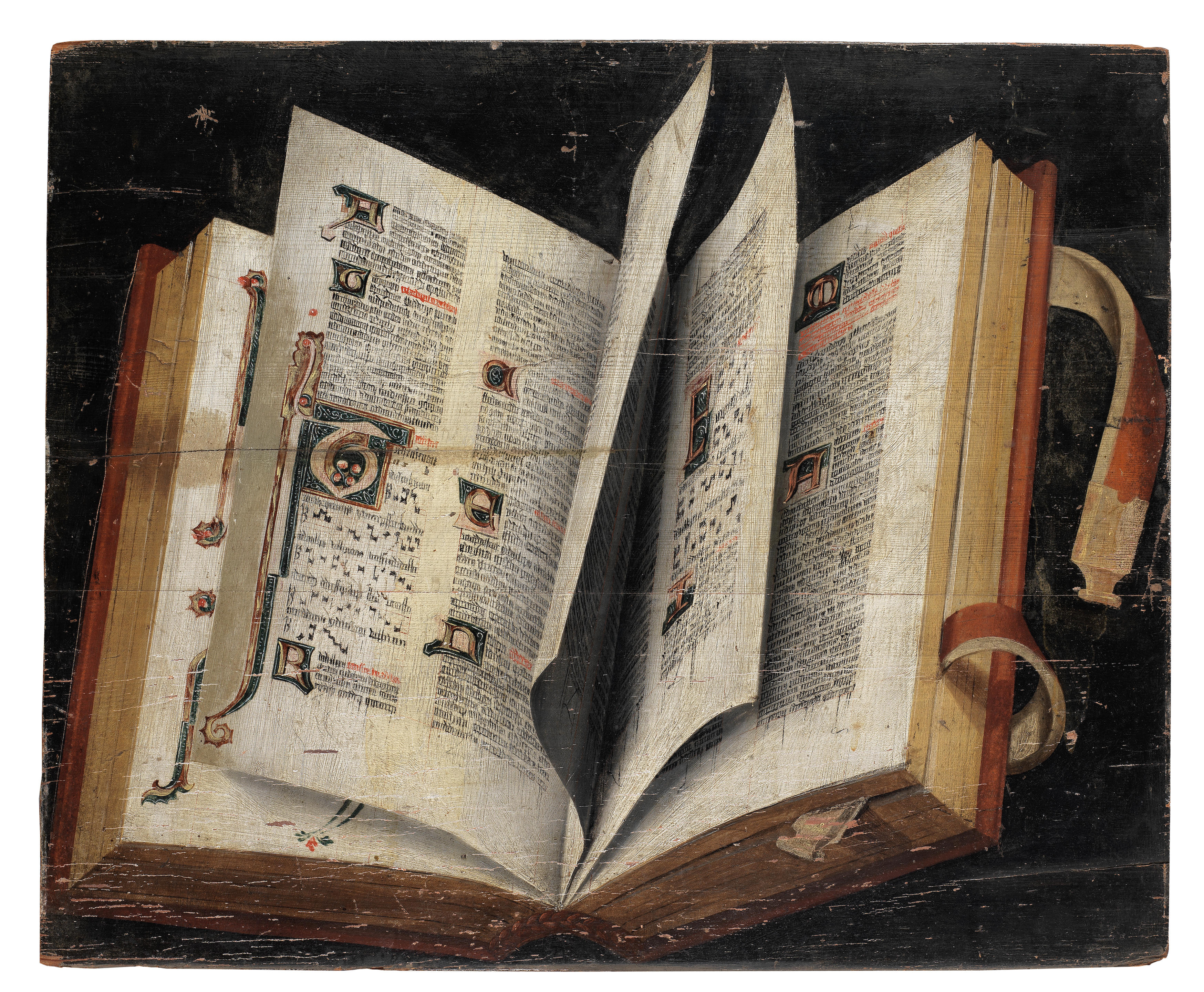
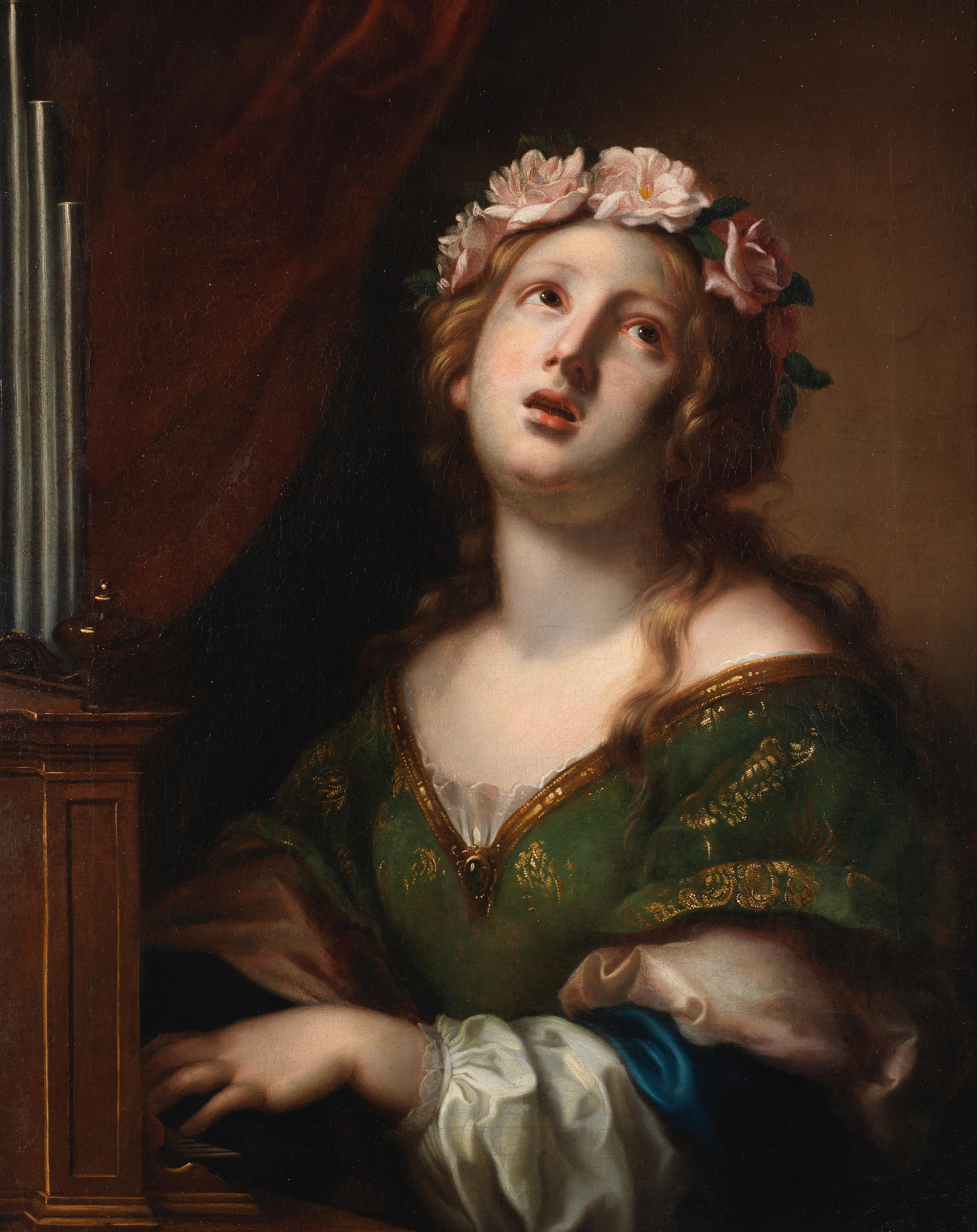
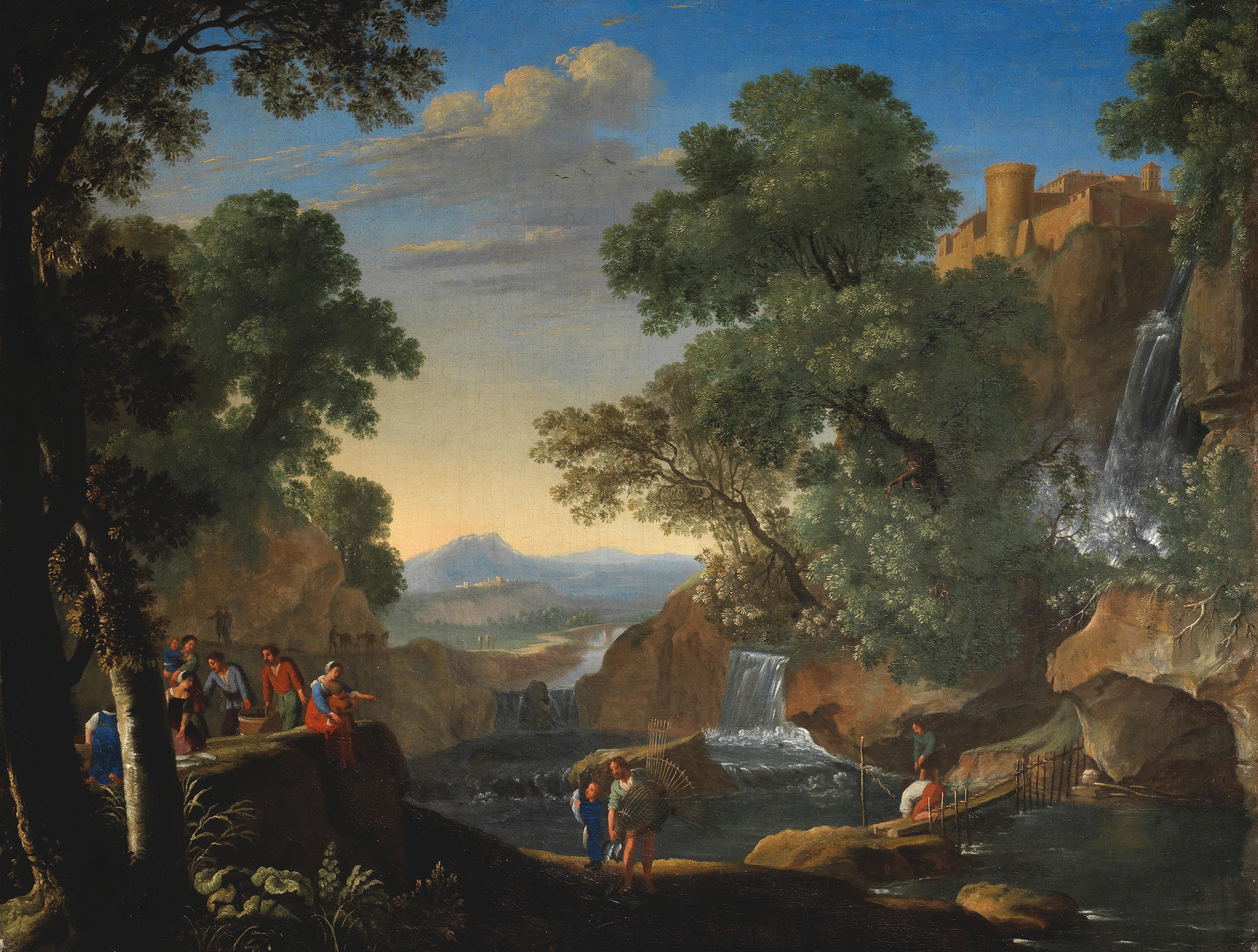

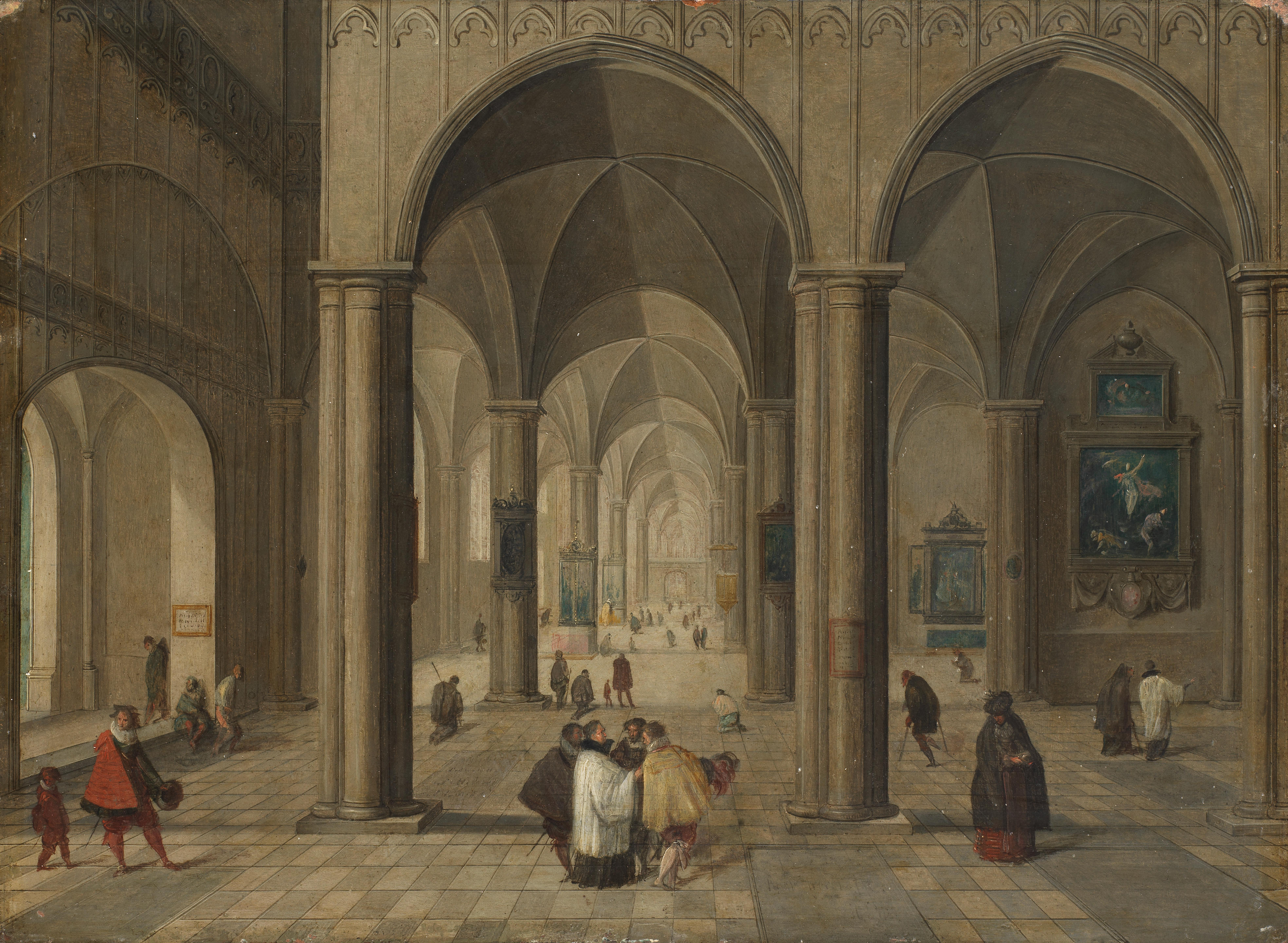
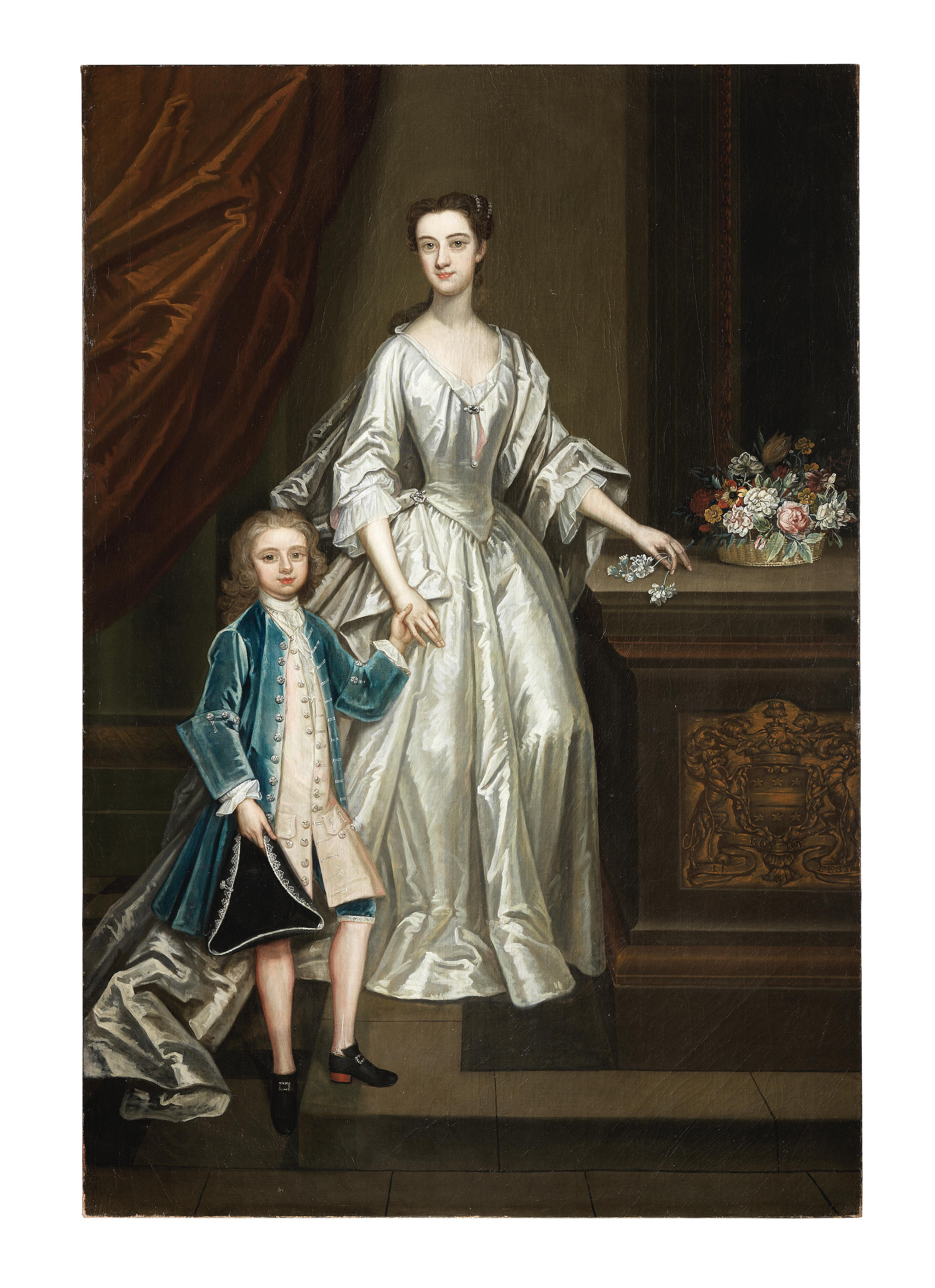
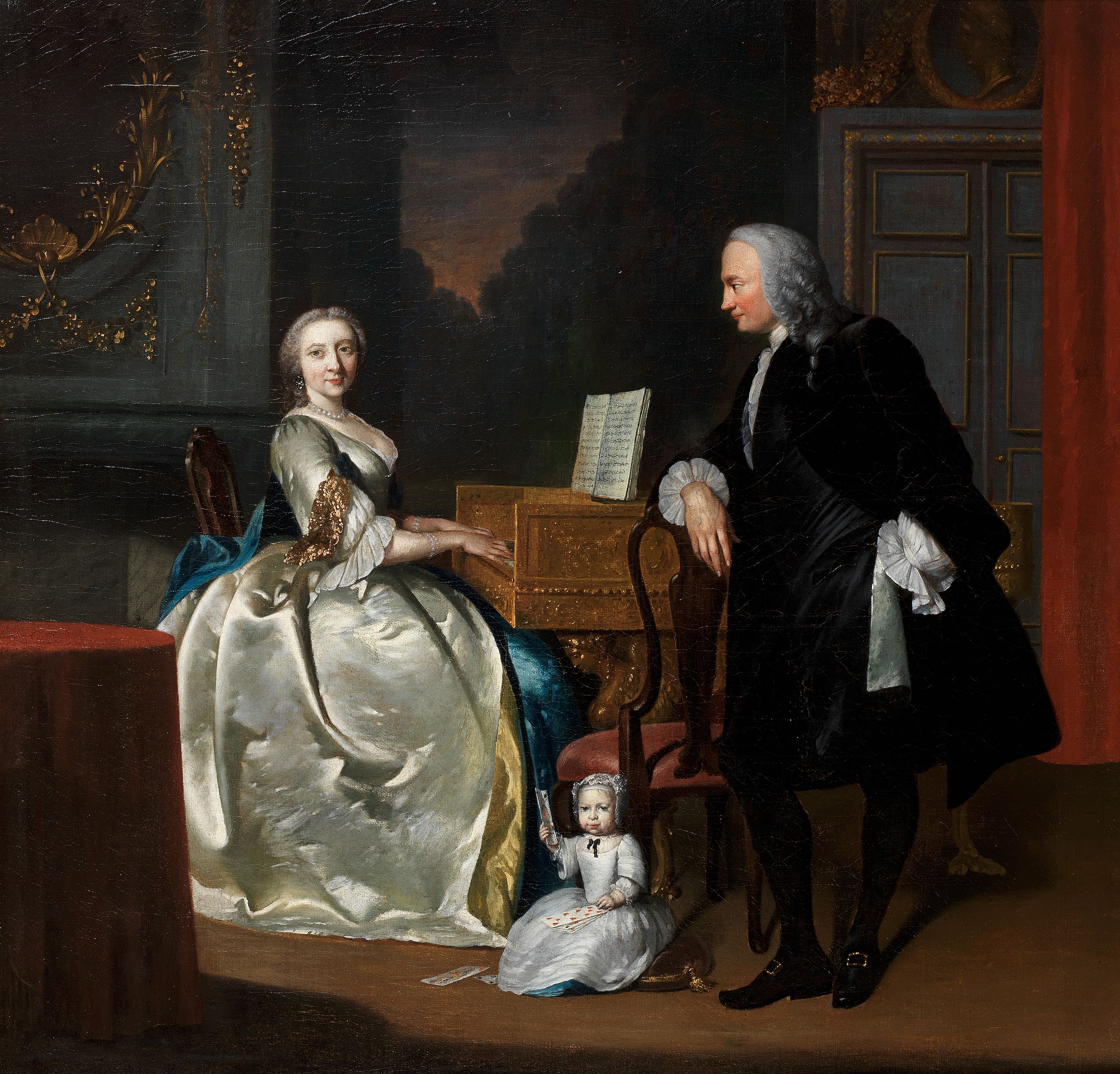
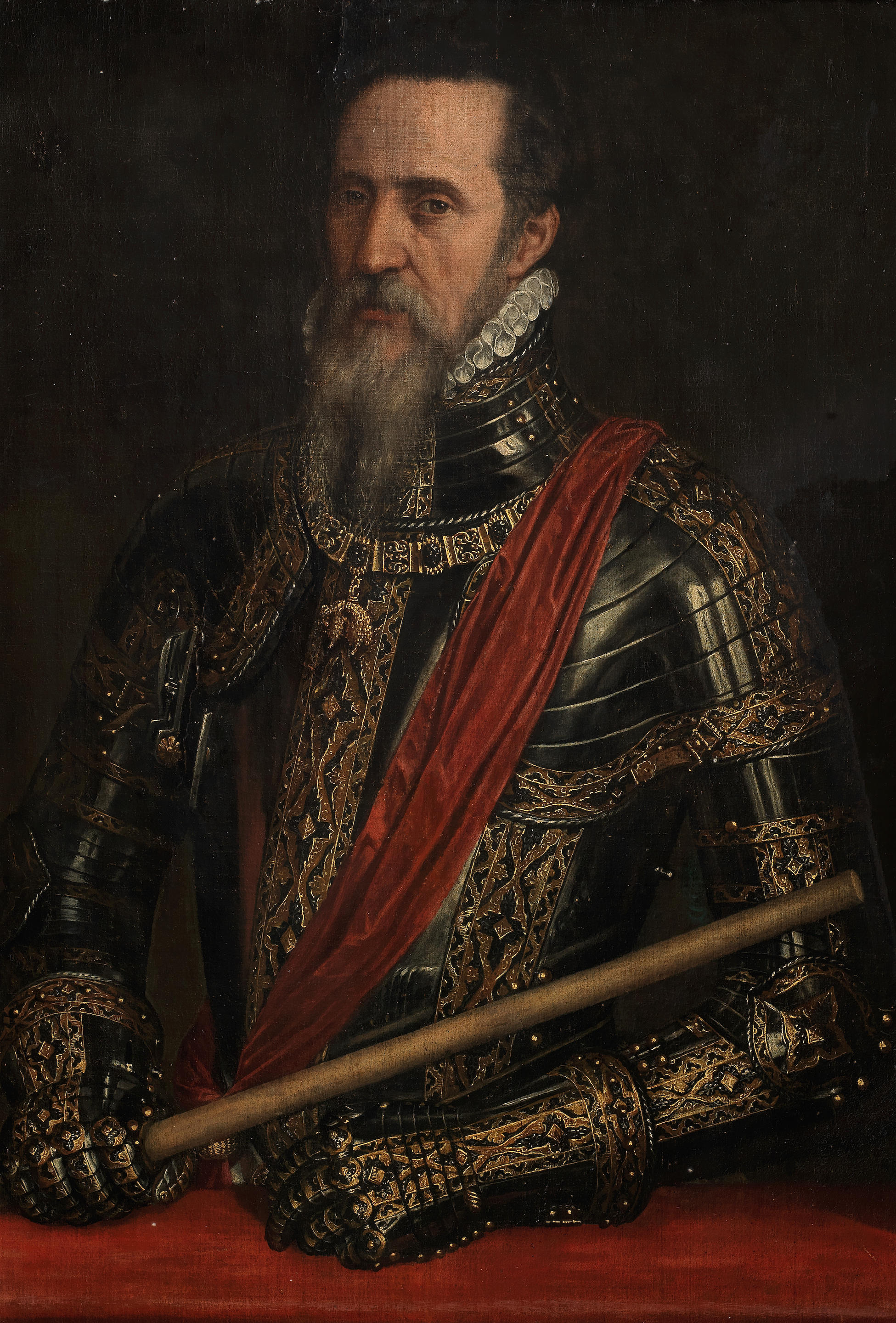
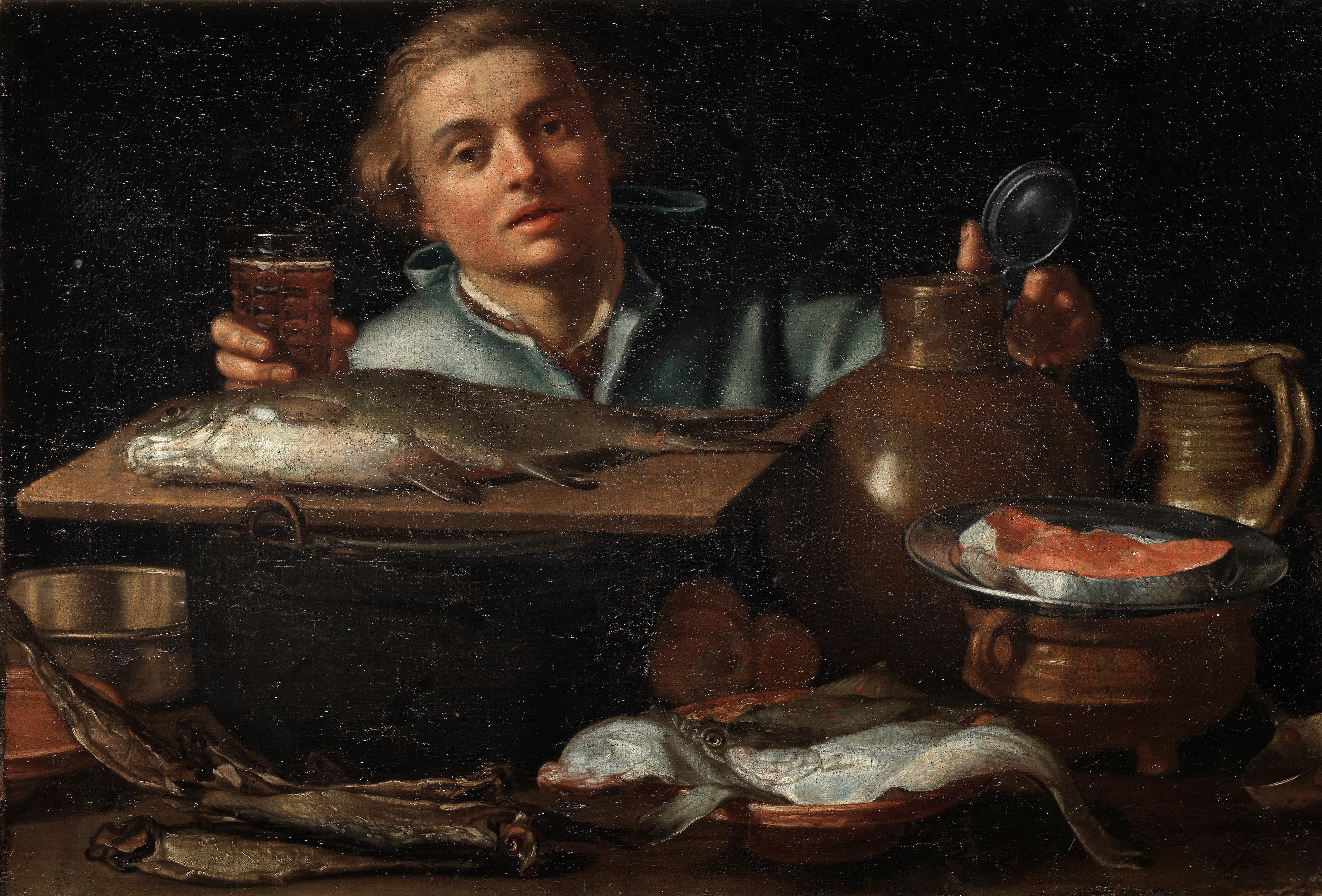
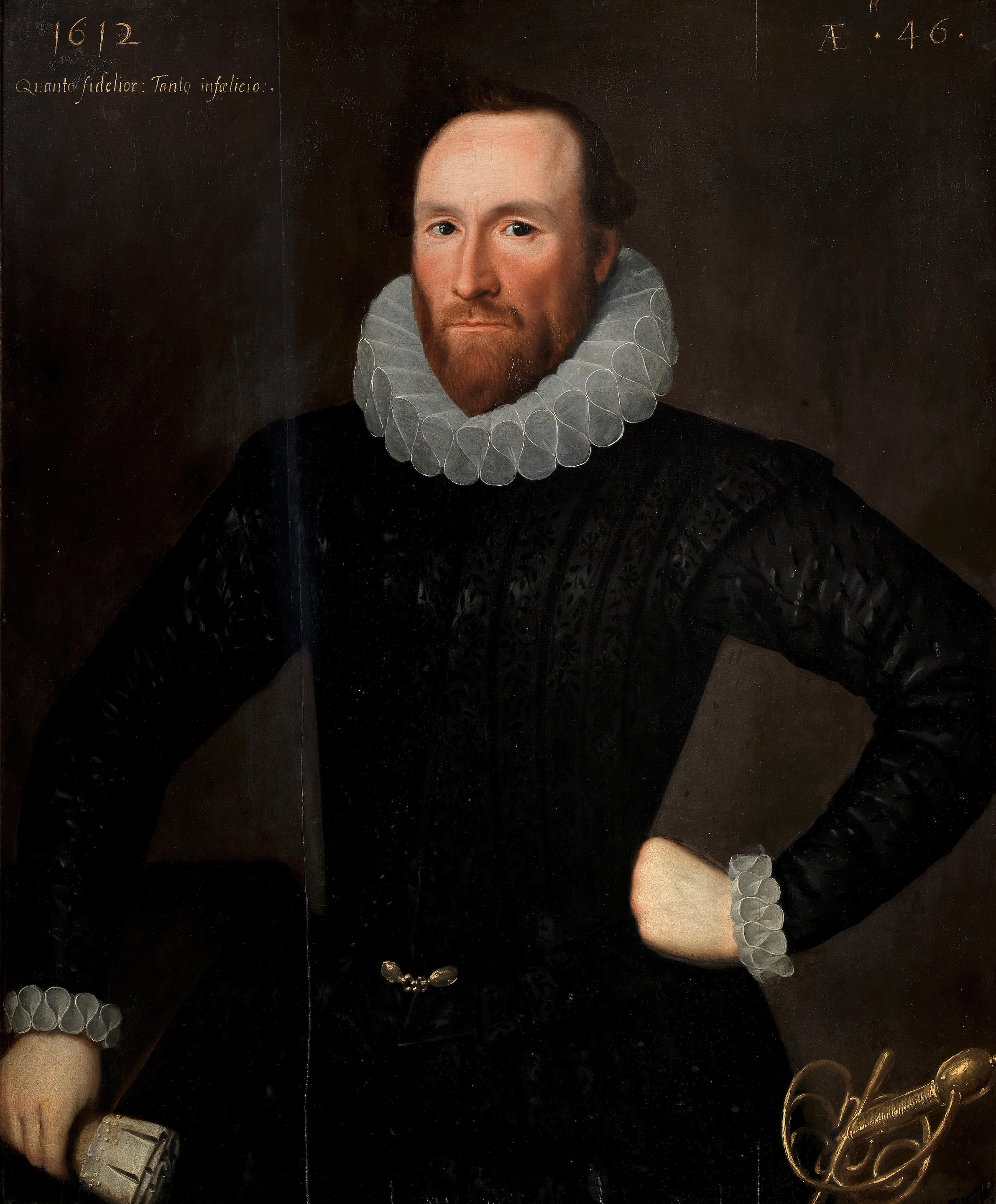
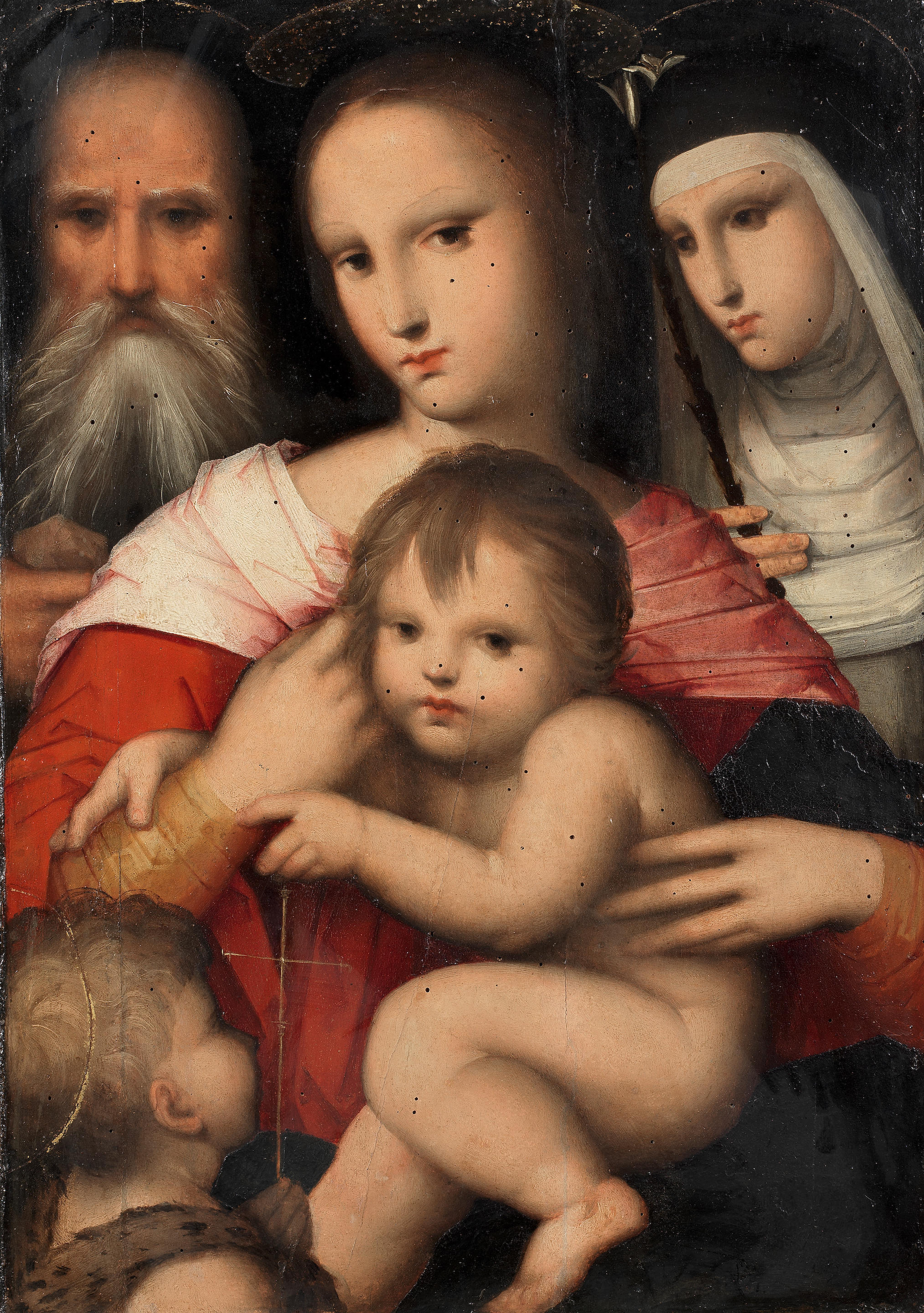
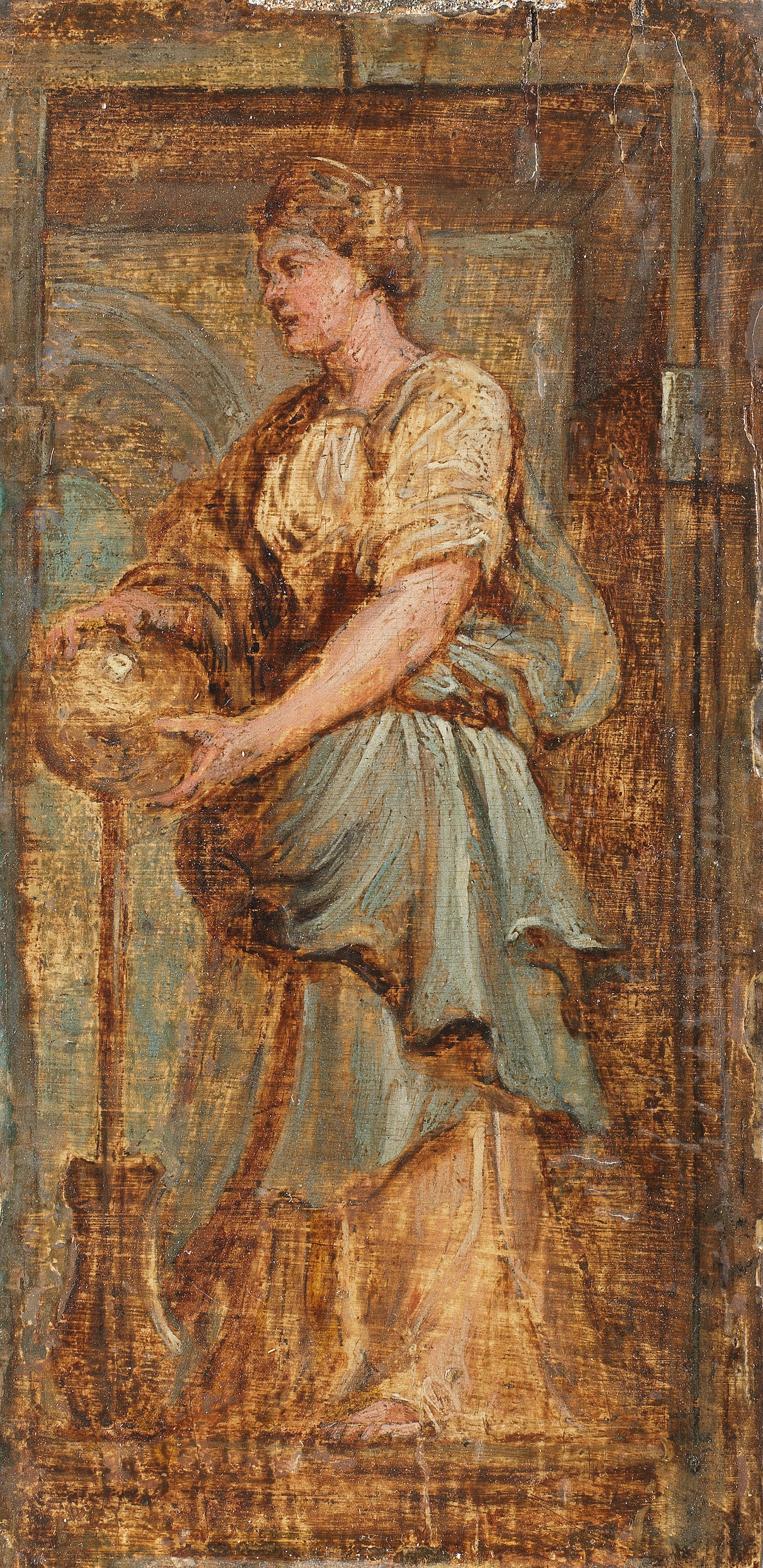
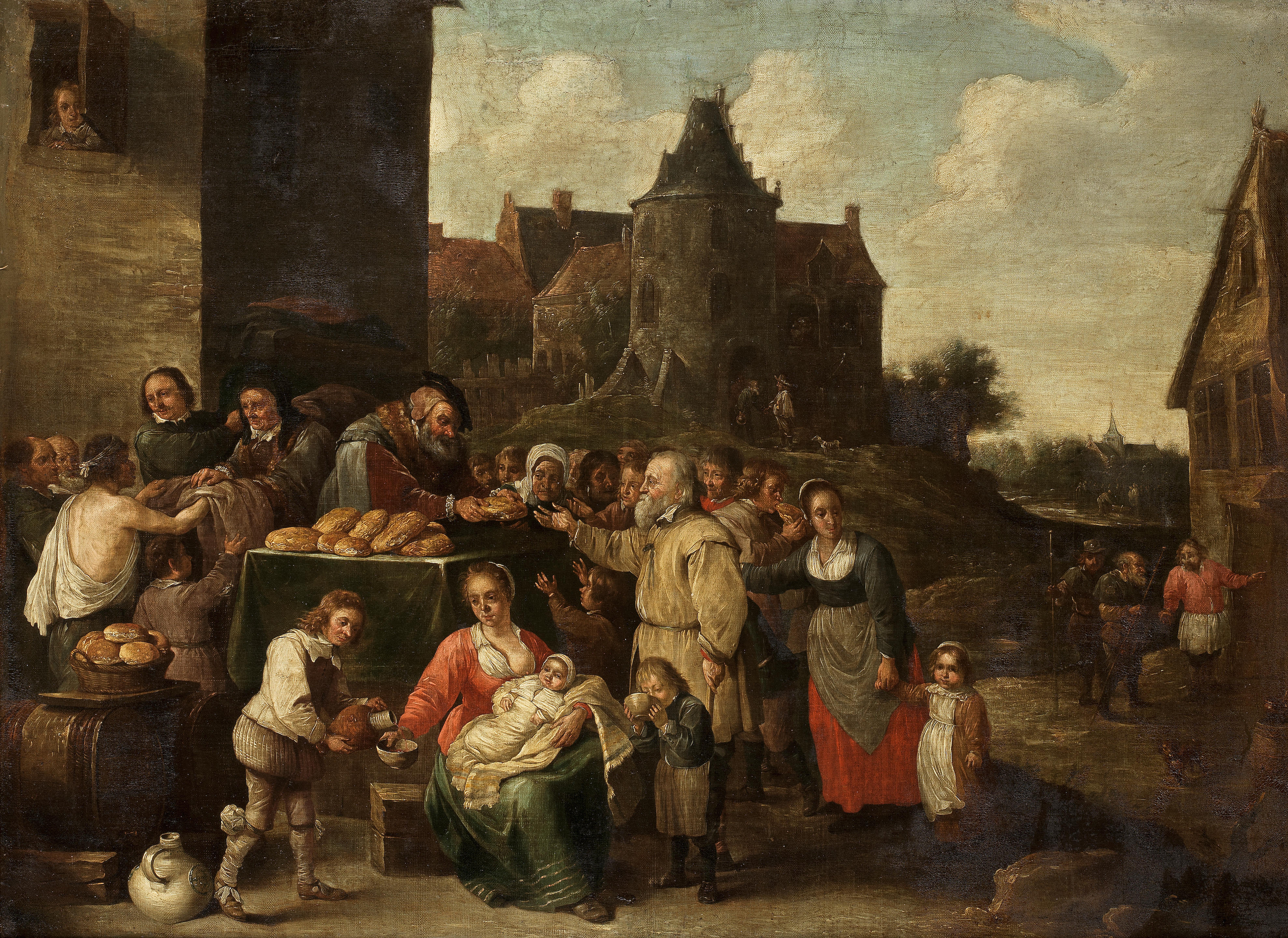
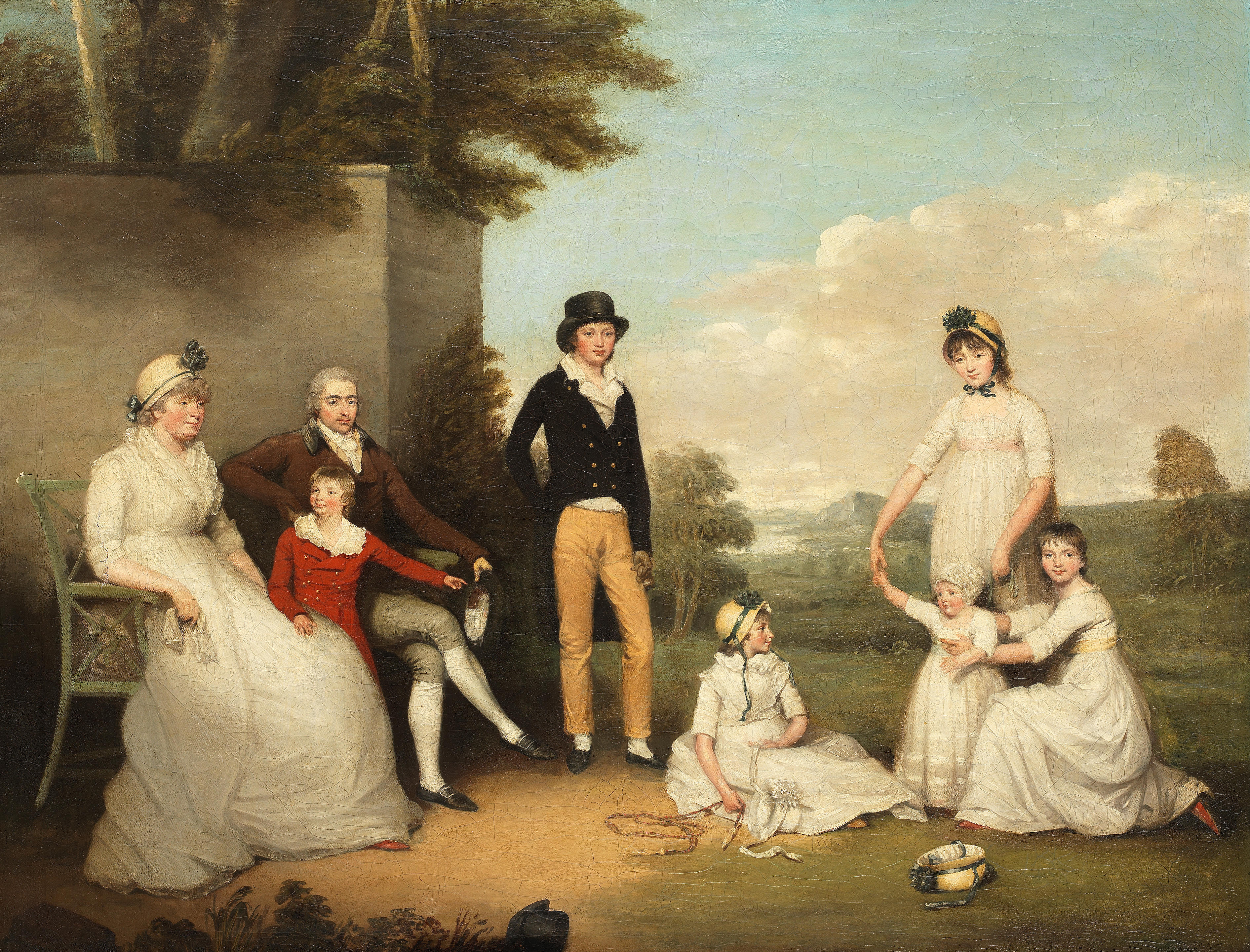
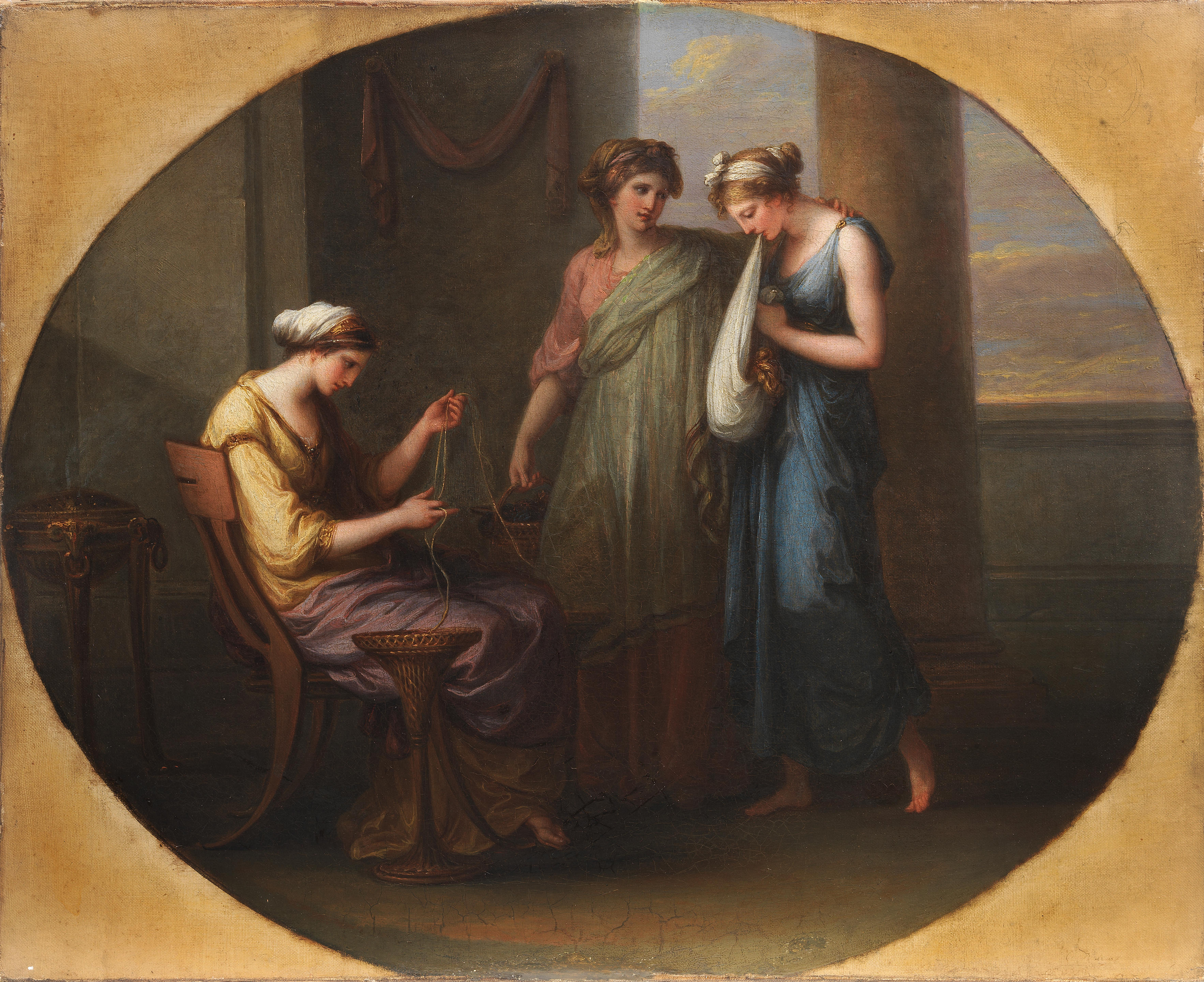
Try LotSearch and its premium features for 7 days - without any costs!
Be notified automatically about new items in upcoming auctions.
Create an alert